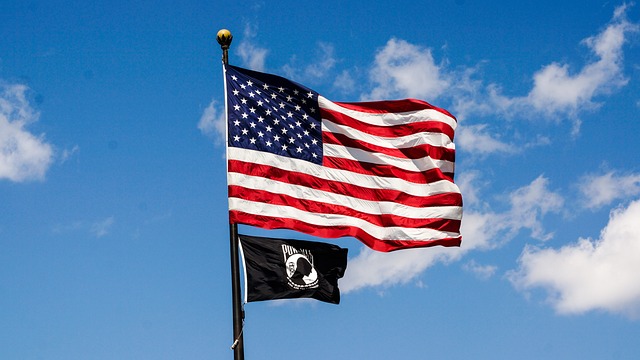robim hood-robin hood prince of thieves
The Legacy of Robin Hood: A Timeless Hero of Justice and Rebellion
In the annals of folklore, few figures resonate as profoundly as the legendary outlaw known as Robin Hood. A persona steeped in myth and celebrated in countless tales, Robin Hood embodies the struggle against oppression and the fight for justice. His story, echoing through the ages, captures the imagination of audiences worldwide and continues to inspire movements for social equity and resistance against tyranny.
At the heart of Robin Hood’s narrative is a simple yet powerful moral: the redistribution of wealth. He is often depicted as a nobleman turned rogue, who, driven by a sense of justice, steals from the rich to give to the poor. This archetype of the benevolent bandit appeals to deep-seated emotions and values, reflecting societal frustrations with inequality and the injustices perpetrated by those in power. The very image of a masked figure, bow in hand, lurking in the shadows of Sherwood Forest, evokes a sense of hope and rebellion, resonating particularly with those marginalized by the systems that govern their lives.
The character of Robin Hood transcends the particulars of his story. While the tales of his exploits are set against the backdrop of medieval England, the themes of resistance, courage, and philanthropy are universal. Across cultures and epochs, the idea of standing up against oppressive forces has been a rallying cry for the downtrodden. The legend serves as both a mirror and a beacon, reflecting the struggles of various communities and inspiring action against perceived injustices.
As we delve deeper into the narrative, we observe how Robin Hood’s band of Merry Men symbolizes collective action. Each member of this motley crew plays a unique role, showcasing the importance of collaboration and solidarity in the face of adversity. Whether it is the steadfast loyalty of Little John, the cunning of Friar Tuck, or the bravery of Maid Marian, these characters serve to reinforce the notion that the fight against oppression is not a solitary endeavor but rather a communal struggle. This emphasis on unity resonates strongly in modern movements advocating for social change, where collective voices amplify the call for justice.
Moreover, the imagery surrounding Robin Hood is rich and evocative. The lush green forests serve as the perfect backdrop for his escapades, representing both sanctuary and rebellion. The contrast between the opulence of the rich and the simplicity of the poor underscores the stark disparities in wealth and power that persist in contemporary society. Such visual metaphors enhance the narrative’s impact, allowing audiences to grasp the emotional and moral undercurrents at play.robim hood

In examining the various adaptations of Robin Hood throughout history, from medieval ballads to contemporary films, it becomes evident that the character has evolved while retaining his core values. Each retelling reflects the societal context of its time, adapting the legend to address current injustices. For instance, modern interpretations often highlight issues such as class disparity, systemic corruption, and the plight of the underprivileged, showcasing Robin Hood as a timeless hero whose relevance endures.robim hood
However, the legend also raises intriguing questions about morality and justice. The act of theft, even when framed as a noble endeavor, invites scrutiny. Is Robin Hood truly a hero, or does he merely perpetuate a cycle of crime? Such moral ambiguities compel audiences to reflect on the complexities of justice in a world where the line between right and wrong is often blurred. This tension is what makes Robin Hood’s story not just a tale of adventure, but a profound exploration of human ethics.
Furthermore, the figure of Robin Hood has become emblematic of a broader cultural critique. In an age marked by increasing wealth inequality and disillusionment with traditional power structures, the legend serves as a poignant reminder of the enduring struggle for fairness and equity. Activists and reformers often invoke his name as they challenge the status quo, drawing parallels between their fight for justice and the legacy of the legendary outlaw.
In conclusion, the story of Robin Hood is not merely a relic of the past; it is a living narrative that continues to inspire and provoke thought. As we navigate the complexities of modern society, the themes of justice, collective action, and moral ambiguity woven into Robin Hood’s tale resonate with renewed urgency. The legend serves as a powerful reminder of the potential for change when individuals unite against oppression, embodying the hope that, even in the darkest times, the spirit of rebellion and the quest for justice can prevail. Robin Hood remains, eternally, a symbol of resistance, inspiring generations to fight for a fairer world.robim hood

